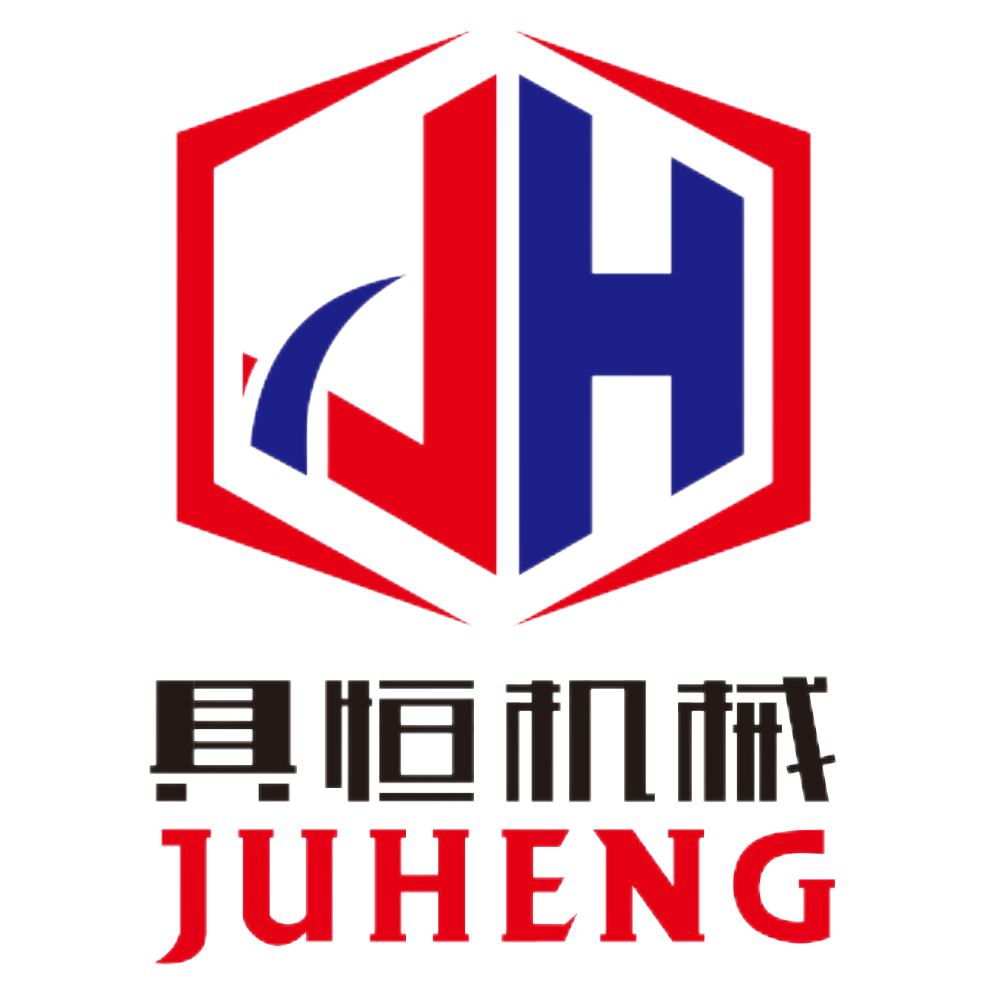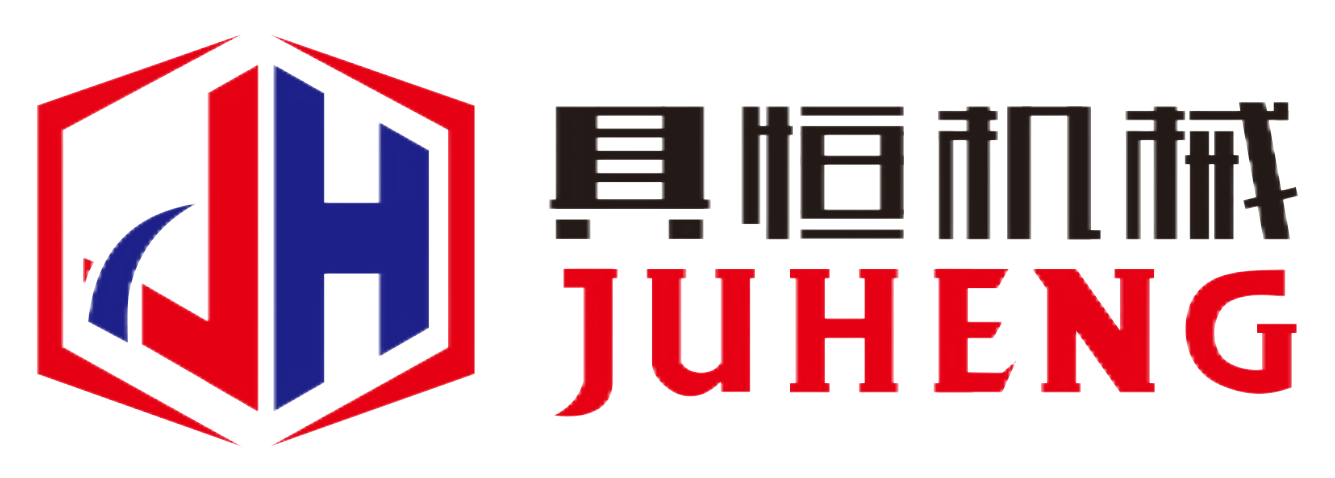Pastry making is one of the oldest food processing activities known to man, even before grains were cultivated for producing bread. At Juheng, we recognize the vital nature of integrating pastry automation to improve efficiency realize productivity potential revolutionize processes with smart Professional Industrial Pastry Making Line technology deliver higher levels of profitability and adapt quickly to ever evolving market demands. Go with us and learn about how automation benefits are influencing the way pastries are produced going forward.
Elevating Efficiency and Quality
Automatisation in the pastry-making process improves efficiency by centralising, limiting human error and increasing the speed of production. Mixed, shaped and baked by machine allows consistency in product quality. Through the elimination of tedious manual labor as well as repetitive tasks, staff will be able to concentrate on more skilled and innovative aspects of pastry making for better quality and customer satisfaction.
Unleashing Productivity
Automated bakery lines let loose productivity by streamlining and minimizing downtime while enabling high output quantities. With integrated plants, units that can run and stop 24 hours a day are also possible thereby multiplying product output to meet the demand while maintaining the quality. When workers are given tools to raises efficiencies and output, productivity spikes and companies are able to scale operations meeting deadlines successfully.
The Innovative Automization Technology for Pastry Production
Cutting edge automation technology is changing the face of pastry production thanks to innovative answers for precision, speed and personalization. With robot arms that can accurately handle dough to software programs that check the consistency of a cookie, automation is turning old-school pastry-making techniques into streamlined, data-driven processes. And with real-time monitoring, analysis and visibility to go by, businesses are able to make informed choices when it comes to optimising production cycles and minimising waste—all of which help them react quickly to dynamic market conditions.
Maximizing Profitability
The advantages for a baker of using automation in the bakery production process is to maximize profits thereafter: efficiency, output, and cost reduction. By lowering costs to make products and reducing waste of materials while increasing productivity, companies can earn more profit margins and stay competitive with market pricing. The use of Juheng pastry products equipment automation also allows companies to compete in the bigger jobs, add long-term contracts and even diversify products to keep revenue steady for years to come.
Meeting Market Demands
In the competitive market of today consumers want fresh, customizable and innovative patisserie products if you want to increase your business. Benefits of automation mean that companies can readily respond to market trends, modify production processes in line with evolving consumer tastes, and easily present new products on the market. Automation technology allows business to keep pace with competitors, win market share and develop a returning customer base which appreciates quality, consistency and innovation in the pastries that they eat.
As the future of pastry making sees further developments in automation benefits, companies will now need to take on these technology improvements in order to remain competitive and grow as well as satisfying the demands within this everchanging industry. At Juheng, we're committed to offering innovative puff pastry production line solutions that can translate pastry making into efficient, profitable and market-led production. The combination of automation technology and our know-how in processing lines for flat bread, pastry, and pie crust gives the opportunity to our customers to succeed in the ever changing world of pastry production. Help us form the future of pastry production and benefit from automation advantages that increase efficiency, boost productivity and transformation in processes, improving profitability and responding to market demands.


 EN
EN AR
AR FR
FR DE
DE HI
HI IT
IT JA
JA KO
KO PT
PT RU
RU ES
ES ID
ID TR
TR FA
FA HY
HY BN
BN